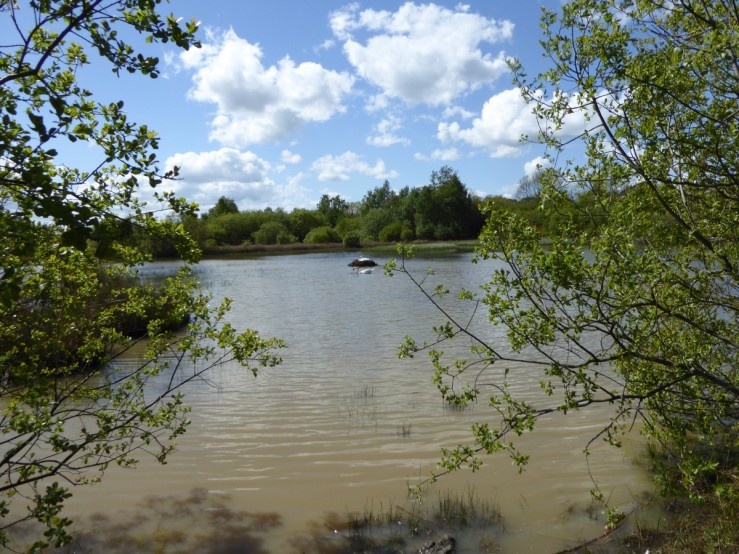
A view of the wetland area showing Willow trees and nesting Mute Swans.
The site description by (Natural England) is quoted here, ‘Much of the landscape you can see today can be related to the site’s industrial past, such as coal storage, a railway and grazing for pit ponies. Many of the wet areas are the result of subsidence associated with mining activity. What makes Havannah/Three Hills special is its very high biodiversity (variety of life.) This is due to the variety of habitats and the presence of some fairly unusual post-industrial environmental conditions. ‘ The Havannah Drift Mine opened in 1950 and closed in 1978.
This visit was short, as usual, but interesting. Northern Marsh Orchid (Dactylorhiza purpurella) was striking even though just beginning to flower.
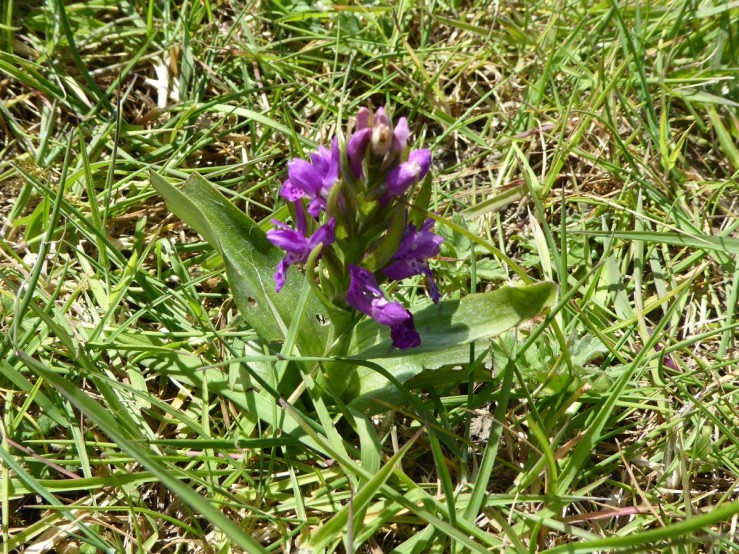
Greater Stitchwort (Stellaria holostea) a glowingplant of woodland edges and hedgerows.
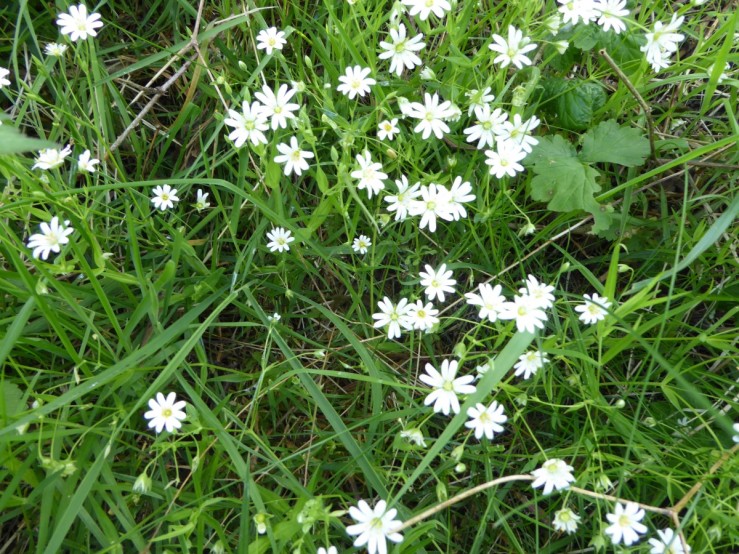
Wood Forgetmenot (Myosotis sylvatica), another striking plant with sky blue flowers.

This Cranesbill had an unusual leaf. It proved to be Shining Cranesbill (Geranium lucidum)

In the damper areas, looking splendid, the Cuckoo flower (Cardamine pratensis) below.

This Sedge was growing in abundance in wet flushes round the lake It looks like glaucous sedge (Carex flacca).

On the drier ground an attracive grass was thriving. I took a sample home but lost it. Hence the need for a sample box. It looks like Sweet Vernal grass (Anthoxanthum odoratum).

The lowland heath looked to have deteriorated since my last visit. The heather (Calluna vulgaris) is being invaded by Gorse, Birch, and Scots Pine.
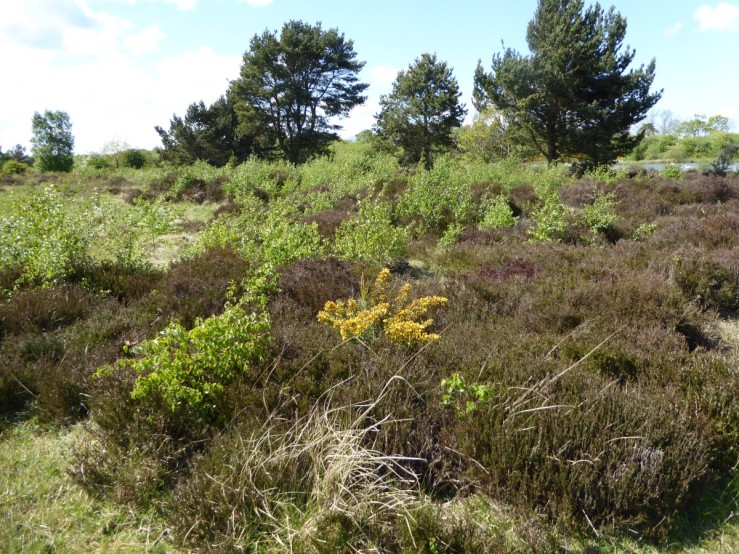
Heath Speedwell (Veronica officinalis), hard to identify even in close up.

We next found a Field edge bordering an Oil seed Rape (Brassica rapa) field. Yellow as far as the eye could see. Plants only hang on at the field boundary because they are less likely to be weed killed. Insecticides, fungicides and herbicides can be used on the crop. Oil seed rape is a honey plant, attractive to Bees and butterflies but the dark sticky honey is usually blended with lighter honey. The pollen too is heavy and sticky.
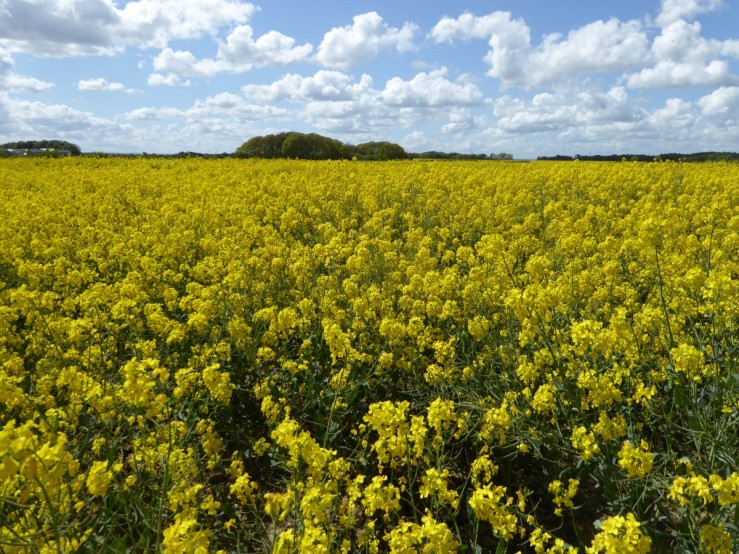
Another Forgetmenot below (Myosotis arvensis) of the field margin.

Other field edge plants below : Red dead nettle, Curled dock, Wood Cranesbill, Bramble.
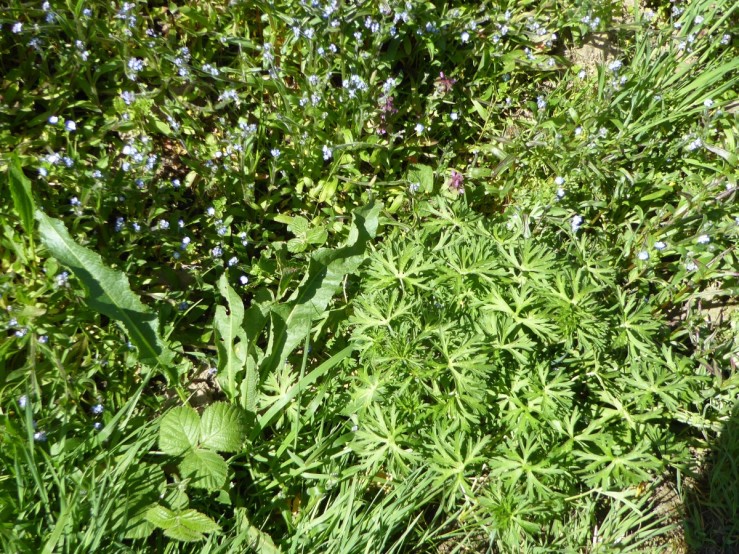
Field Speedwell (Veronica persica) is a common plant of cultivation.

Scarlet pimpernel (Anagallis arvensis) is another plant that likes disturbed ground. We stopped for lunch nearby. It was clearly visible in the sunshine but seemed to disappear when it became cloudy.
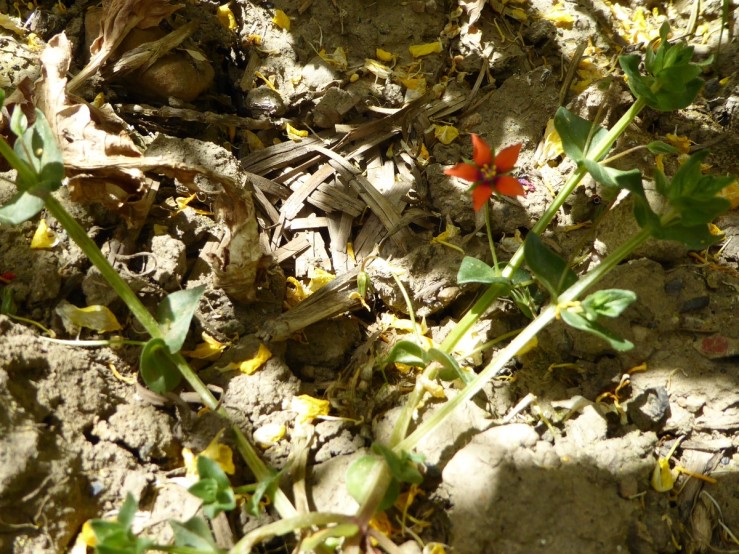
Bush Vetch (Vicia sepia)

Field Buttercup (Ranunculus acris), Dog’s Mercury, Red Clover were noticed. Trees were not the focus but were splendid. Hawthorn was flowering well. Goat Willow, Alder, Scots Pine, Field Maple, I recall seeing.
Here is one of the Lichen on a wall. The pale greenish lichen is Phaeophyscia orbicularis).
